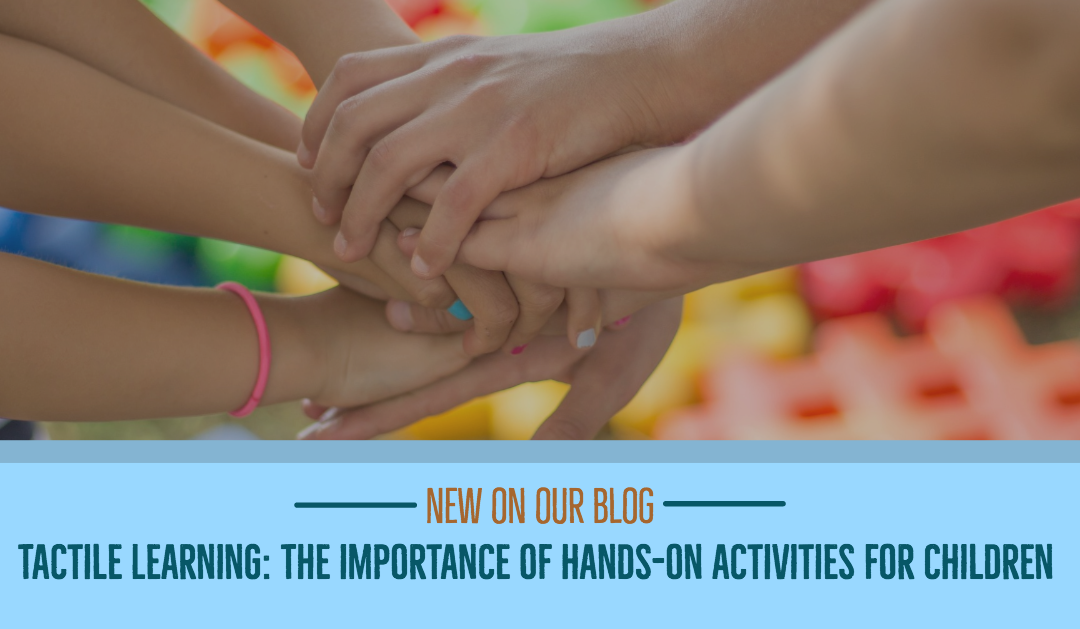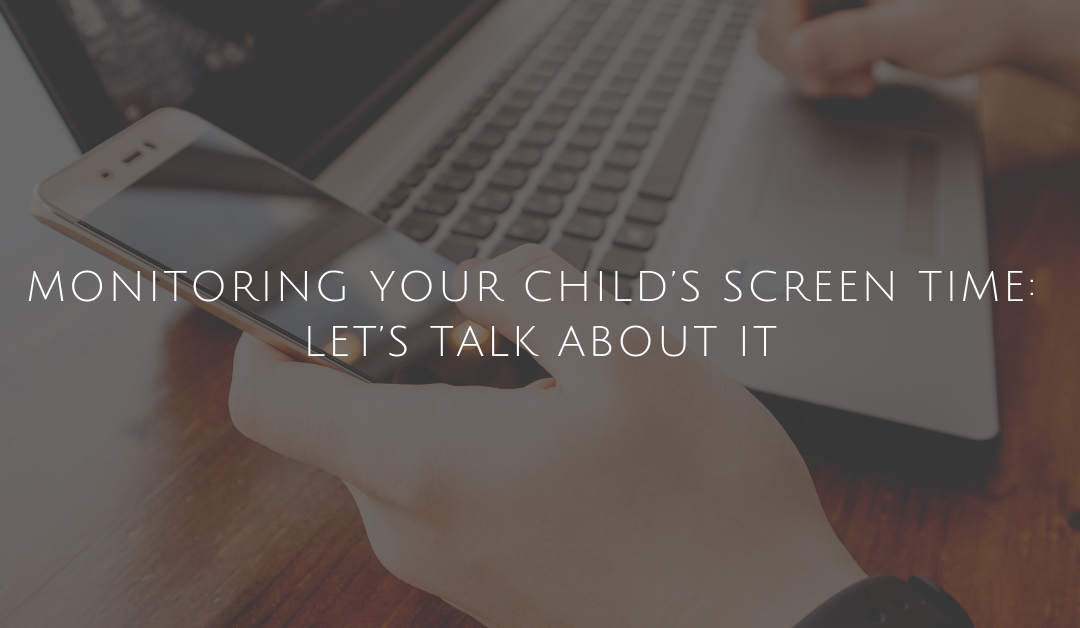
by Sara Hart | Oct 16, 2019 | Blog
For some, the thought of attending a counseling session isn’t easy. In fact, it can feel terrifying. It’s because there’s a stigma placed on mental health – a common misconception that seeing a clinician means there’s something “wrong” with you. We disagree. Asking for help indicates you are taking control of your life and of your mental health. While this can be scary, the things that often scare us are great opportunities for us to step up and grow. You may find that facing your fears will prove to be empowering, rather than petrifying.
Need a little more reassurance? Below, a few South Bay clients share how counseling sessions with our clinicians have impacted their lives.
“I have been attending South Bay for four months. South Bay has helped me regain my morals and values again. It has helped me to build upon my spiritual, physical and mental health. I was at a point where I was lacking in my life, and I needed South Bay. They were right there when I called. Just be open and honest with yourself while you’re here. Work on the issues you need to work on. Allow yourself the opportunity for the staff …

by Sara Hart | Aug 13, 2019 | Blog
It’s common to experience fear when you decide to begin therapy sessions. At first, you may feel uncomfortable speaking about personal issues with someone you don’t know. While fear is a natural emotion, it can be confronted by reframing your anxious thoughts. Below, we offer a few tips on how to overcome your doubts about speaking with a professional clinician.
Decide what you’d like from your clinician.
From the get-go, be open and honest with your clinician about what you need from the session. Do you want someone who will offer advice? Listen silently? Would you like the conversation to be casual or feel more like you’re speaking with an expert? If you express your needs from the beginning, the clinician can then guide the session accordingly. Clinicians will work with you to better understand your needs and help you through life’s struggles.
You don’t have to go into it alone.
If speaking to a professional in a one-on-one setting scares you, you might find comfort in group therapy. In this environment, it’s up to you if you want to share your feelings or just simply listen to others, all of whom are working to navigate similar challenges. Depending on …

by Sara Hart | Jun 24, 2019 | Blog
Did you know that the first three years of a child’s life are the most impressionable? From ages zero to three, children begin to develop their own personalities and socialization skills and conquer some of the most important physiological milestones. These skills expand throughout childhood, which is why it’s important to leverage a system of teaching that aids learning through the senses, particularly through the sense of touch. Below, we explain the importance of tactile learning in helping promote strong, positive mental wellness in your child.
Helps children with learning disabilities
Since cognitive learning and physical activity are parallel and essentially reinforce one another, tactile learning methods can help improve a child’s concentration and learning capacity and increase self-confidence. A play-based learning technique allows children who struggle to maintain focus and learn in a traditional setting to succeed. This type of learning allows children to become engaged through intentional play tactics that help build the foundation for future education.
Promotes positive growth
Consistent, positive interactions with adults and other children their age allow a child to develop a positive, more relevant perception of the world around them. With instructors and parents engaging in play, whole parts of the child’s brain …

by Sara Hart | May 17, 2019 | Blog
It’s not easy knowing there are some aspects of life where we have limited or no control. And, learning how to accept life’s curveballs can be extremely difficult. Just know – feeling overwhelmed by these circumstances is completely understandable, and finding ways to help manage how you cope with these situations can lead you to live a happier, healthier life. Below are steps you can take to cope with things beyond your control.
Determine what you are able to control
When something happens that’s out of your control and it makes you uncomfortable, shift your focus to what you can control – your perception. A new, fresh perspective on various aspects of life can jolt us into a better mindset. You might not be in charge of a situation, but you can certainly dictate your own attitude, reaction and plan of action moving forward. A great way to start is by adopting positive behavioral habits, such as writing your feelings down on paper.
Focus on the present
Most anxieties come from things we can’t change (the past) or things we can’t predict (the future). Try to shift your mindset to focus on the present. Overthinking can be debilitating – use …

by Sara Hart | Mar 13, 2019 | Blog
Last month, a story in the media about a social media challenge directed at children and young adults, called the “Momo Challenge,” created unease in parents throughout the country. The challenge turned out to be a social media hoax and no reports of children participating in the challenge actually surfaced – but they were still aware of it and were discussing it among friends.
Several questions and concerns in parents arose from this internet scare. Do I have a firm understanding of what my child is actually viewing online? How do I successfully and healthily monitor my child’s social media and internet usage? Below, we offer a few tips on how parents can become more in touch with and supervise their child’s digital footprint.
Establish open lines of communication
It’s important to sit down with children to explain what’s out there and the harmful impact some online content can have on them. Don’t be afraid to have these hard conversations. Children experience fewer damaging effects when they’ve been taught basic media literacy skills.
Make technology use a privilege
Make it known that your children have to earn their screen time. This may be difficult for them to understand, but stay …





